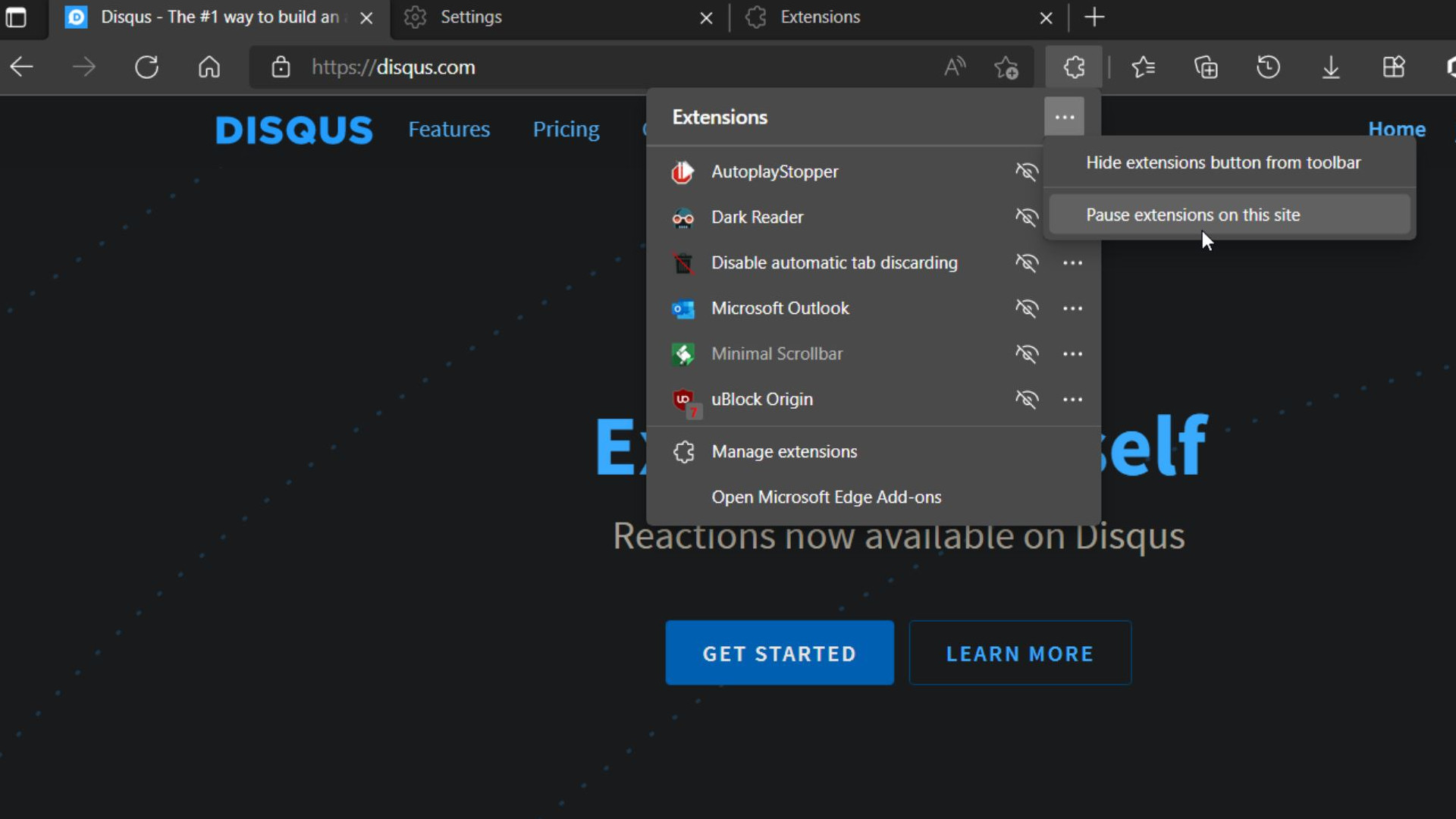Microsoft has officially retired its first web browser, Internet Explorer, after almost 30 years, and it couldn't have come sooner.
If you were around in the late-90s, you wouldn't have been able to avoid the 'e' icon that was on all Windows 95 machines. Some would just call it 'the internet' rather than its name, as for the majority of users, it was the only web browser available.
While Opera also arrived in 1995 as a project rather than the web browser we see today, it was Microsoft's browser that took the world by storm, mainly due to the fact it was pre-installed on millions of PCs.
However, we're in an age where you can choose from a variety of web browsers, from Opera to Firefox, all with their own features and interfaces. But Internet Explorer began something that's still continuing today, and for that, we're going to look at what it mostly got right, and wrong.
It inspired tabs

As the millennium began, Internet Explorer 6 was getting ready for release, but it wasn't until 2006 that version seven arrived with tabs.
The internet had passed the dot-com bubble of the late 90s, and instead, users were going to sites for news, talking to others in forums about their interests, and shopping online was becoming a normality.
Yet, this also meant that a collection of Internet Explorer windows would be on your taskbar, with no way to arrange them.
This is when Firefox arrived in 2004, touting tabs as a way of keeping multiple windows in one. Nowadays it's a common feature, but in 2000, you either had to manage many windows before it crashed due to using all of your PC's memory.
Privacy became a right, not a comoddity

Pop-ups, banners, Napster, dial-up - all flashbacks to a simpler, slower era of the internet. But there was also a lot of irritation, as it usually fell to third-party security software to enable a pop-up blocker and a firewall to protect your PC from any hackers.
When Windows XP Service Pack 2 arrived to overhaul the security of the operating system in 2004, Internet Explorer also received some features such as an integrated pop-up blocker and more.
As the years passed, other browsers made sure that privacy was as big a feature as tabs, multiple downloads, and others. Internet Explorer paved the way for its successor Microsoft Edge to run with this, much like Opera, Firefox and Safari had been for years previously.
Passing on to the next g(edge)neration

This is why we say goodbye to Internet Explorer and finally let Microsoft Edge have its due as the company's sole web browser.
Sometimes with apps, there comes a point where an approach to start again is better than improving on a decades-old foundation, which is where Edge comes in. While it's not as popular as Internet Explorer was, with Google Chrome currently leading the web browser market share, Edge has a focus on privacy and features for the modern age.
Microsoft sees its apps as services now - from Xbox, to Edge, and even Windows. It wants its products to be on as many devices as possible, giving the user choice. It's a far cry from the Microsoft of the 1990s, where you had to be on a Windows PC to browse a world wide web that mainly supported Internet Explorer in order to view images and web pages correctly.
Thankfully, times have changed, and the internet has transformed into something entirely different in the last 30 years.
Here's to another 30, with healthy competition between web browsers, and remembering what Microsoft began in 1995.
Farewell, Internet Explorer.
from TechRadar - All the latest technology news https://ift.tt/92tnSvu
via IFTTT
Comments
Post a Comment